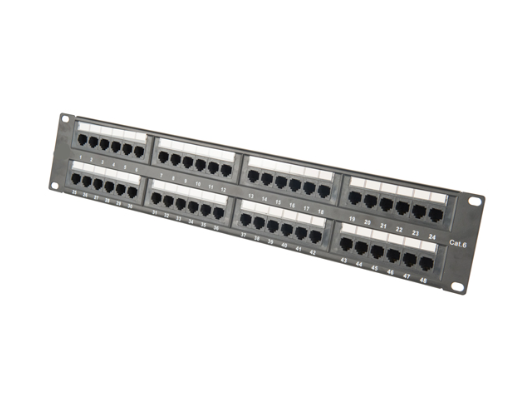News
Site Editor
 Site
https://leonetworkgroup.usa18.wondercdn.com/uploads/image/5fe152faa587d.png
Cat6a patch cables are essential for transmitting high-speed data over long distances. With the increased demand for high-speed internet, streaming, and gaming, the need for reliable and efficient Cat6a patch cables has grown.This article will guide you through the process of making Cat6a patch cables, starting with a list of required tools and materials.Tools required:- Cat6a Plugs- Crimping Tool
Site
https://leonetworkgroup.usa18.wondercdn.com/uploads/image/5fe152faa587d.png
Cat6a patch cables are essential for transmitting high-speed data over long distances. With the increased demand for high-speed internet, streaming, and gaming, the need for reliable and efficient Cat6a patch cables has grown.This article will guide you through the process of making Cat6a patch cables, starting with a list of required tools and materials.Tools required:- Cat6a Plugs- Crimping Tool
How To Make Cat6A Patch Cable
Views: 678
Author: Site Editor
Publish Time: 2023-07-17
Origin: Site
Cat6a patch cables are essential for transmitting high-speed data over long distances. With the increased demand for high-speed internet, streaming, and gaming, the need for reliable and efficient Cat6a patch cables has grown.
This article will guide you through the process of making Cat6a patch cables, starting with a list of required tools and materials.
Tools required:
- Cat6a Plugs
- Crimping Tool
- Wire Strippers
- Scissors
- Cable Tester
- Measuring tape
Materials:
- Cat6a cable (ensure it is rated for 10 Gbps transfer speeds)
- Plastic boots (optional)
Step 1: Cut the Cable
Using a measuring tape, measure the desired length of the patch cable you need and cut the Cat6a cable with scissors accordingly. Remember to give yourself some extra length, as you don't want to fall short.
Step 2: Strip the Cable
Carefully strip off the cable sheath using wire strippers to reveal the inner wires. Ensure that you strip the sheath uniformly so that the wires are visible and free from any nicks or cuts.
Step 3: Arrange the Wires
Once you've exposed the wires, you'll need to arrange them according to the T568B wiring standard.
The order of the wires from left to right should be:
- white/orange
- orange
- white/green
- blue
- white/blue
- green
- white/brown
- brown
Ensure that the wires are arranged in the correct order before moving onto the next step.
Step 4: Insert the Wires into the Plug
Place the Cat6a plug onto the end of the cable, ensuring that the wires reach the end of the connector and are lined up with the metal contacts inside.
Once the wires have been inserted into the plug, use the crimping tool to crimp the connector onto the wire. Ensure you crimp it tightly so that the wires do not come lose.
Step 5: Repeat
Repeat steps 2-4 for the other end of the cable. Make sure that both ends are identical.
Step 6: Install the Boots (Optional)
If you want extra protection and strain relief for your cable, install the plastic boots onto the connectors. The boots will help to prevent the cable from bending too much at the connectors, which can lead to damage.
Step 7: Test the Cable
Use a cable tester to verify that the cable is working correctly. Ensure that the wires are in the correct order, there are no cross-connections, and the cable is not shorted.
Congratulations! You have successfully made your very own Cat6a patch cable. It is now ready to use for high-speed data transmission and will ensure that you receive optimal performance from your network.
If you want to know more about industrial network cabinet,china fiber optic splice closure,china fiber optic distribution box,please consult the fiber optic splice closure factory









